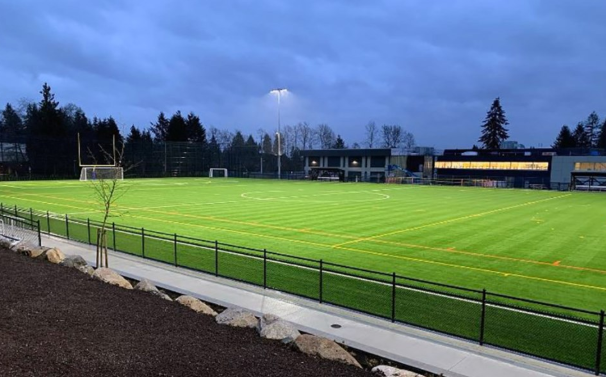Coquitlam unveils 10-year roadmap to transform its sport field network for a growing, diversifying community
The City of Coquitlam is preparing for the next decade of community sport with the unveiling of its 2025–2035 Sports Field Strategy—a comprehensive plan to upgrade infrastructure, boost accessibility, and ensure a sustainable future for recreational and competitive field sports across the city. As Coquitlam continues to grow and diversify, the strategy outlines ambitious but grounded steps to meet community demand, invest wisely, and improve experiences for both organized leagues and casual users.
A Decade in the Making: Community-Driven Vision with Data at Its Core
Developed over several years of research and consultation, the Sports Field Strategy reflects the voices of 472 residents and 16 user groups, alongside detailed benchmarking and spatial analysis. The city’s last strategy, spanning 2013–2023, led to a wave of renewals, new park builds, and joint-use agreements. With most of those actions completed or embedded into practice, this new strategy expands the vision, aiming not only to maintain Coquitlam’s assets but also to modernize access and planning through collaboration and data.
At present, Coquitlam operates 39 sports field sites with 84 bookable field spaces—ranging from artificial turf and grass to gravel and sand volleyball. Impressively, over half of all residents live within 400 metres of a city-maintained sports field. But with field sport participation on the rise and user expectations evolving, city planners say now is the time to reinvest and rethink.
Top Priorities: Lighting, Natural Fields, and Amenities
One of the clearest takeaways from the city’s community engagement was alignment on investment priorities. Both public respondents and user groups cited increased lighting, improved natural surface fields, and better support amenities—like restrooms, parking, and spectator seating—as essential. These align with goals to increase usability during evenings and shoulder seasons while improving the overall experience for players and spectators.
The strategy also emphasizes equity and access for all demographics, recognizing that physical accessibility, awareness, and inclusivity play a critical role in participation. In fact, 23% of survey respondents cited uncertainty over casual field availability as a barrier to participation—prompting a new focus on clearer communication, signage, and field-sharing policies.
Infrastructure Renewal Meets Strategic Expansion
Looking ahead, the city outlines nine field infrastructure goals that target sustainability and smart investment. These include renewing aging artificial turf and natural grass fields, evaluating underused gravel fields, and strategically introducing more lighting and storage solutions. While artificial turf fields are popular for their durability and usability in wet conditions, they come with steep replacement costs—between $800,000 and $1.2 million every 8–12 years. As such, the city will continue to monitor need carefully before expanding.
Field renewals will be guided by technical assessments and community impact, while new construction will focus on areas of growth, like Burke Mountain and Gilley’s Trail Park. Partnerships—with School District 43, Douglas College, and other municipalities—are also on the table, especially for specialty sport fields such as cricket and sand volleyball, which are seeing rising demand.
New Management Tools: Data, Casual Play, and Community Partnerships
Beyond infrastructure, the Strategy sets the tone for more responsive field management. Seven management goals address everything from increasing spontaneous play opportunities to supporting sport tourism and equity-focused programming.
One key action includes better data collection on field usage and participation trends, allowing the city to track emerging needs and allocate resources effectively. Others include working more closely with community organizations to reduce barriers, such as lack of awareness or comfort, and advancing inclusive programming through initiatives like Spotlight on Sport.
Notably, the city will also explore implementing user fees for all artificial turf field users—a move in line with other Metro Vancouver municipalities and aimed at closing a projected $15.9 million renewal funding gap over the next decade.
Looking Ahead: Final Adoption in Fall 2025
The Strategy, currently in its penultimate phase, was presented to Coquitlam Council in February 2025 and will undergo additional refinement and consultation with user groups before formal adoption in Fall 2025. Once implemented, it promises to serve as both a guiding blueprint and a responsive tool, adaptable to demographic change and emerging recreation trends.
Curious how this strategy could reshape sports and outdoor life in Coquitlam? We’re tracking updates on major community developments like this to help our clients stay informed, active, and connected to the places they call home. Want to be one of them?
